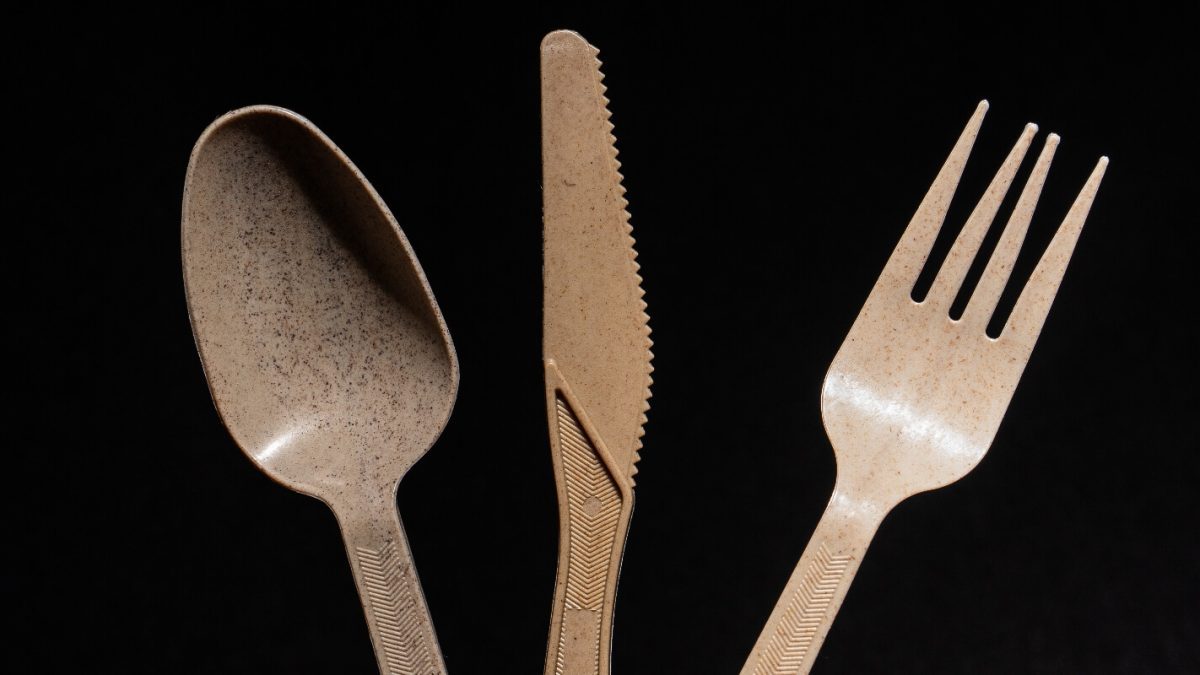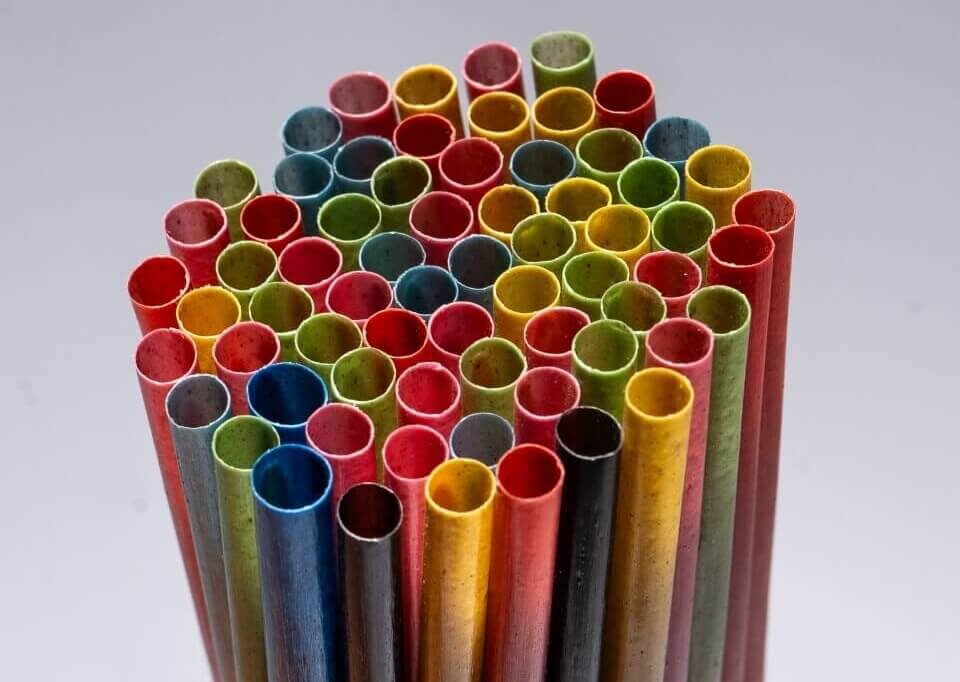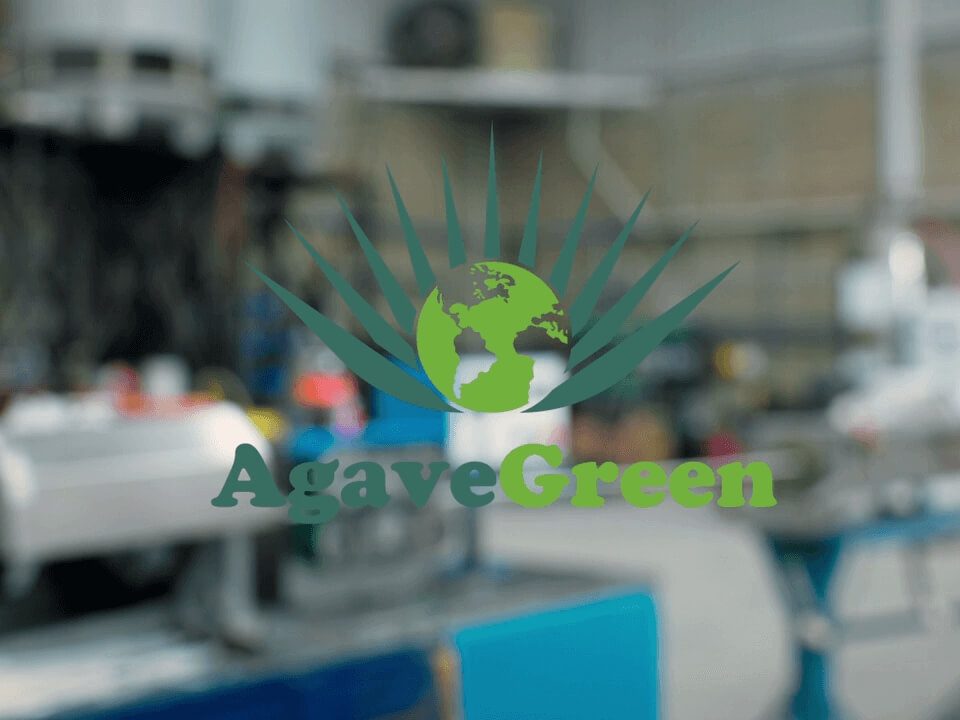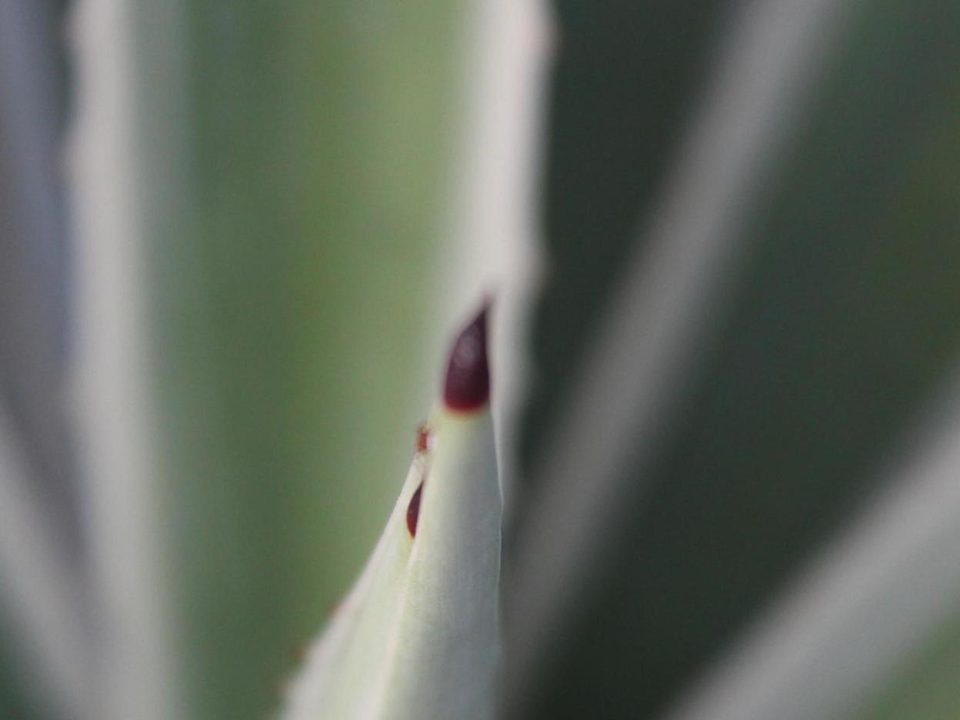1. What are compostable cutlery?
Compostable cutlery are disposable utensils made from organic materials that decompose under specific composting conditions, turning into natural fertilizer without leaving toxic residues. Unlike plastic cutlery, which takes hundreds of years to degrade, compostable cutlery can disappear in weeks or a few months.
They differ from biodegradable products in that they not only decompose, but do so in a controlled, safe, and non-polluting manner.
2. Most common materials in compostable cutlery
- Agave or sugarcane bagasse: Agricultural waste reused to create durable and sustainable utensils.
- Corn starch (PLA): Plant-derived, 100% petroleum-free.
- Bamboo: Natural, durable, and compostable option for home composting.
- Vegetable cellulose: Lightweight and durable plant-based fiber.
3. Benefits of Using Compostable Cutlery
- ♻️ Plastic Waste Reduction: A single meal with compostable cutlery can prevent kilos of polluting waste.
- 🌱 Composting: They become nutrients for the soil instead of ending up in landfills or the ocean.
- 🐢 Zero Microplastics: By not breaking down into harmful particles, they do not harm marine or terrestrial fauna.
- 🏡 Suitable for Eco-Friendly Events: Ideal for parties, weddings, food trucks, and sustainable businesses.
4. Composting: Industrial or at Home?
Not all compostable cutlery can be degraded at home. Some require high temperatures and controlled humidity, which are only found in industrial composting plants.
- Agave, bamboo, or paper cutlery: Some models can be composted in the garden if properly chopped.
- PLA cutlery: These require industrial facilities to fully decompose.
Before disposing of them, check if they are suitable for home composting or if they should be delivered to specialized locations.
5. Mexico and the transition to compostability
In recent years, many Mexican cities have banned the use of single-use plastics, promoting the use of eco-friendly cutlery. This has generated a growing demand for products that are not only functional but also environmentally friendly.
Cutlery made from agave bagasse, for example, is not only an ecological solution but also a commitment to the circular economy, as it reuses waste from the tequila industry.
6. How do you know if a cutlery is truly compostable?
It’s common to find products marketed as “green” when they aren’t. To avoid greenwashing, consider the following:
- Check that the packaging says “compostable” (not just biodegradable).
- Look for recognized certifications (national or international).
- Make sure you know the type of composting required (home or industrial).
- Prefer brands that are transparent about their process and the origin of the material.
Conclusion
Compostable cutlery is much more than an eco-friendly trend: it represents a firm step toward more responsible consumption that is consistent with caring for the planet. Choosing these products is a simple but powerful way to reduce our environmental footprint without sacrificing functionality or design.
Every time you choose an agave fork instead of a plastic one, you’re participating in a green revolution that starts on your plate… and ends in the fertile soil.






